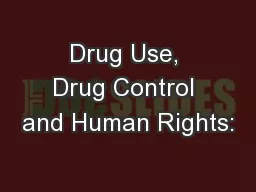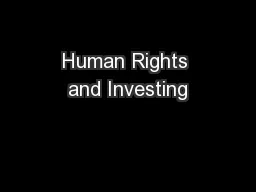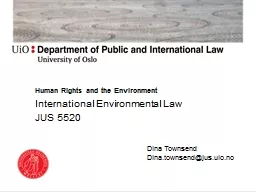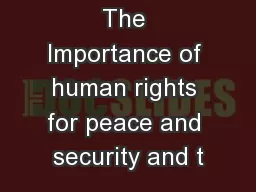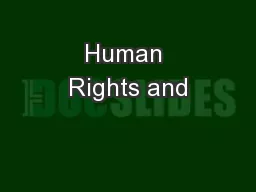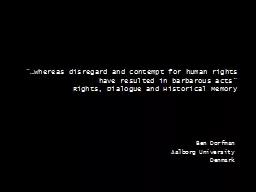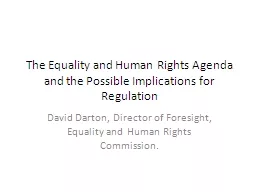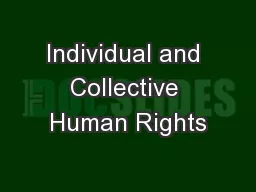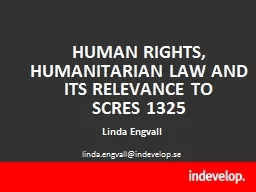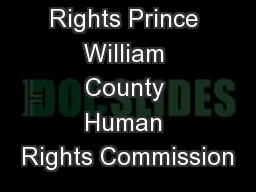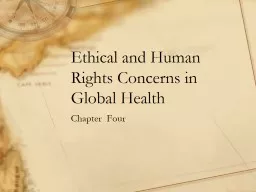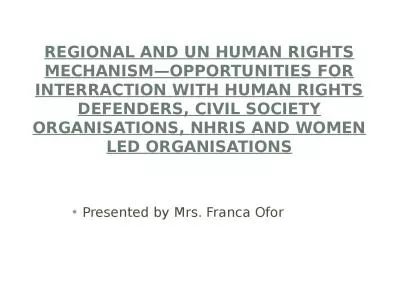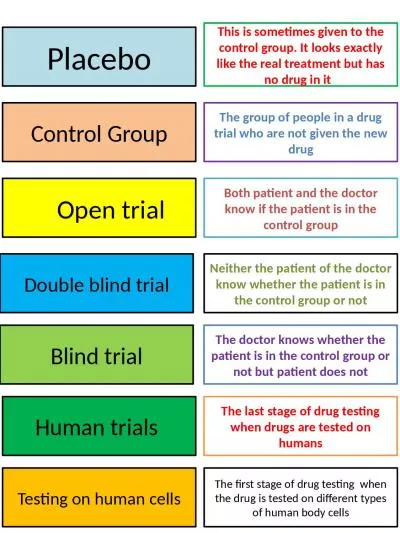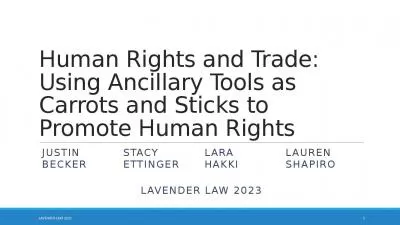PPT-Drug Use, Drug Control and Human Rights:
Author : alida-meadow | Published Date : 2018-03-19
Issues Raised at UNGASS and Satellite Meetings How should ISAM respond Norman Wetterau MD DFASAM FAAFP Associate Professor FM University of Rochester Representative
Presentation Embed Code
Download Presentation
Download Presentation The PPT/PDF document "Drug Use, Drug Control and Human Rights:" is the property of its rightful owner. Permission is granted to download and print the materials on this website for personal, non-commercial use only, and to display it on your personal computer provided you do not modify the materials and that you retain all copyright notices contained in the materials. By downloading content from our website, you accept the terms of this agreement.
Drug Use, Drug Control and Human Rights:: Transcript
Download Rules Of Document
"Drug Use, Drug Control and Human Rights:"The content belongs to its owner. You may download and print it for personal use, without modification, and keep all copyright notices. By downloading, you agree to these terms.
Related Documents

